Public transport is the backbone of daily life in India. Millions rely on buses, trains, metros, and auto-rickshaws to commute to work, school, and other essential activities. However, for people with disabilities, using public transport is often a struggle. Uneven platforms, buses without ramps, inaccessible ticket counters, and lack of audio-visual announcements make travel difficult, if not impossible.
But are public transport systems in India legally required to be accessible? The short answer is yes—laws exist to ensure that public transport accommodates people with disabilities. The Rights of Persons with Disabilities (RPwD) Act, 2016, along with various government policies, mandates accessibility in all forms of public transport. However, the real challenge is implementation.
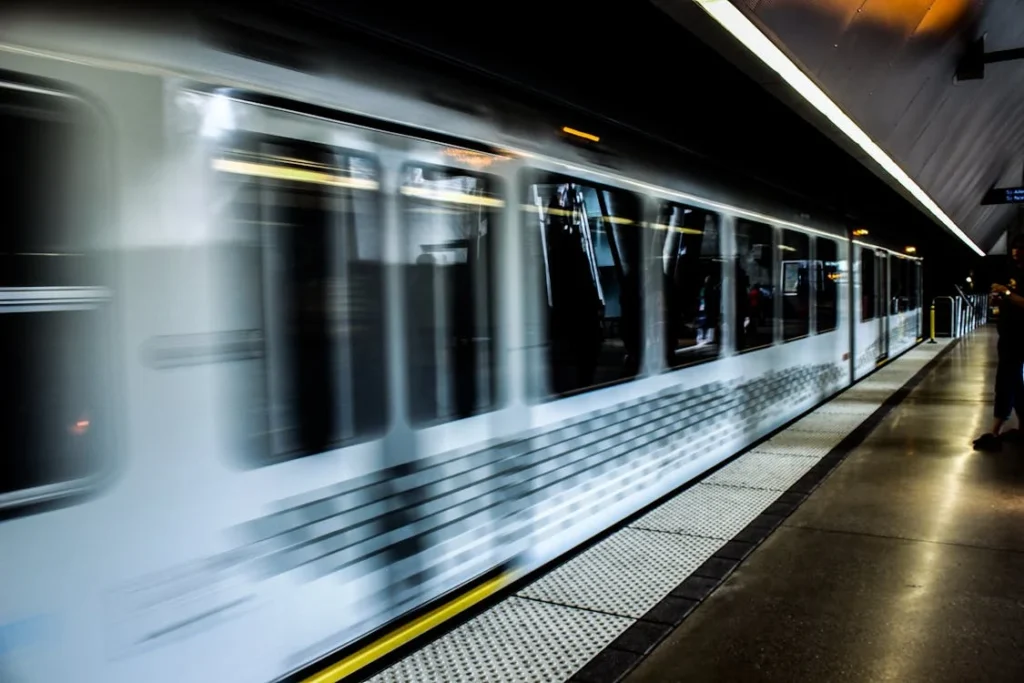
What Does the Law Say About Accessible Public Transport?
India has made legal commitments to ensure that public transport systems are accessible to people with disabilities. The Rights of Persons with Disabilities (RPwD) Act, 2016 is the most comprehensive law that mandates accessibility in transportation.
According to this act, all forms of public transport—buses, trains, metro rail, airports, and even private transport services operating in public spaces—must be accessible to individuals with disabilities.
The law clearly states that authorities must take measures to adapt existing public transport systems and ensure that new ones are designed with accessibility in mind. This includes:
- Ramps and low-floor buses for wheelchair users
- Tactile paving and braille signage for visually impaired passengers
- Audio and visual announcements for people with hearing and vision impairments
- Accessible ticket counters, restrooms, and waiting areas
Despite these legal requirements, the reality on the ground tells a different story. Many transport systems are still not fully compliant, leaving people with disabilities struggling to use public transport in a safe and dignified manner.
The Role of the Accessible India Campaign
To improve accessibility, the government launched the Accessible India Campaign (Sugamya Bharat Abhiyan) in 2015. This initiative aimed to make transportation, public buildings, and digital services more accessible for people with disabilities. The campaign set specific goals, such as:
- Making at least 25% of all government-owned public transport vehicles fully accessible
- Ensuring that railway stations and bus terminals meet accessibility standards
- Implementing barrier-free infrastructure in airports
While this was a step in the right direction, the progress has been slow and uneven. In major cities, metro systems like Delhi Metro and Bengaluru Metro have taken steps to improve accessibility, but rural areas and even some urban bus networks still lack the necessary facilities.
Are Indian Railways and Metro Systems Accessible?
Indian Railways is one of the largest railway networks in the world, carrying millions of passengers daily. However, accessibility remains a major challenge.
The RPwD Act requires railways to provide ramps, accessible toilets, designated spaces for wheelchairs, and tactile pathways for visually impaired passengers.
While some modern railway stations have implemented these features, many older stations lack basic accessibility, making travel difficult for individuals with disabilities.
The Delhi Metro is often praised for its accessibility, with features such as elevators with braille buttons, tactile flooring, and priority seating.
Similarly, metros in cities like Bengaluru, Mumbai, and Chennai have made efforts to be more inclusive. However, last-mile connectivity remains a problem—getting to and from metro stations can be a challenge for people with disabilities due to inaccessible footpaths and public transport connections.
The Situation with Buses and Road Transport
Buses are the most common mode of public transport in India, but most buses are still not accessible. Low-floor buses with ramps are available in some metropolitan cities, but in many places, buses still have high steps, narrow doorways, and no space for wheelchairs.
Bus stops and terminals often lack accessibility features such as tactile paving, ramps, or proper seating areas for people with disabilities.
Auto-rickshaws and taxis, which many rely on for short-distance travel, rarely accommodate individuals with mobility impairments. Some cities have introduced accessible cabs, but they are limited in number and often expensive, making them inaccessible to many.
Despite the legal requirements, enforcement of accessibility standards in buses and road transport remains weak. Many transport providers cite high costs and lack of awareness as reasons for not implementing accessibility features.
However, the law is clear—public transport must be inclusive, and authorities must take action to ensure compliance.
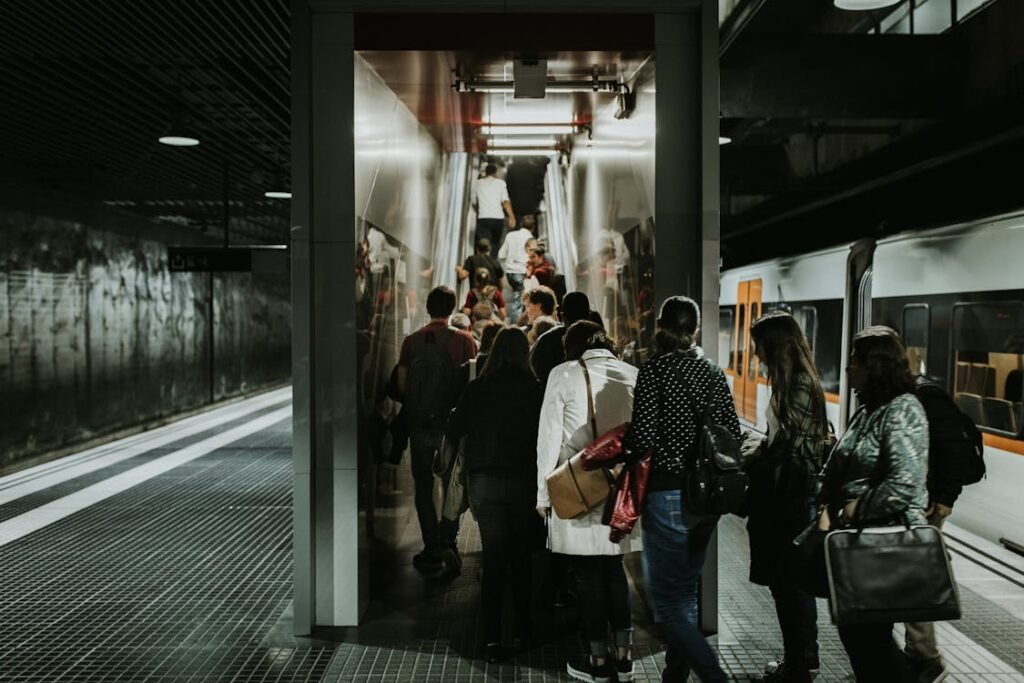
Why Are Public Transport Systems Still Inaccessible?
Despite clear legal requirements, most public transport systems in India remain difficult to use for people with disabilities. The reasons for this failure are a combination of poor enforcement, lack of awareness, inadequate funding, and outdated infrastructure.
While some progress has been made, accessibility is still far from being a priority in many parts of the country.
Weak Enforcement of Accessibility Laws
One of the biggest challenges is the poor implementation of the Rights of Persons with Disabilities (RPwD) Act, 2016. While the law mandates accessibility in public transport, there are no strict penalties for non-compliance.
Transport authorities and private operators often ignore accessibility guidelines because there is little accountability.
For example, many public buses still do not have ramps, and even when accessible buses are introduced, bus stops and terminals are not designed to accommodate wheelchair users.
Similarly, while railway stations are required to have ramps and elevators, many stations lack proper maintenance, making these facilities unusable.
Without strong monitoring and enforcement, transport providers have little incentive to comply with accessibility laws. Advocacy groups and disability rights organizations continue to push for better implementation, but change has been slow.
Lack of Awareness Among Transport Operators
Many bus drivers, railway staff, and metro employees are not trained to assist passengers with disabilities. Inaccessible transport is not just about infrastructure—it is also about how staff interact with passengers who have disabilities.
For instance, people with visual impairments often struggle to navigate crowded railway stations because station staff are not trained to provide proper assistance.
Similarly, bus conductors may not stop at designated areas for wheelchair users, making it impossible for them to board the bus.
Raising awareness and providing disability sensitization training to transport workers is critical. Until frontline staff understand the needs of passengers with disabilities, even well-designed accessibility features will not be effective.
High Costs and Budget Constraints
Transport authorities often cite budget limitations as a reason for not making public transport accessible. While low-floor buses, ramps, and accessible metro stations require investment, accessibility should be seen as a basic right, not a financial burden.
Investing in universal design—where public transport is built to be accessible for everyone—benefits all passengers, not just those with disabilities.
For example, ramps and elevators help not only wheelchair users but also elderly passengers, pregnant women, and individuals carrying heavy luggage.
Countries that have invested in inclusive transport systems have seen long-term benefits, including increased ridership, improved safety, and a better quality of life for all citizens.
The Indian government must prioritize accessibility as a fundamental part of transport planning, rather than treating it as an afterthought.
The Challenge of Old Infrastructure
Many of India’s transport systems—especially railways and bus networks—were built decades ago when accessibility was not considered. Retrofitting older railway stations, buses, and terminals requires significant effort and funding, which is why progress has been slow.
However, new transport projects have no excuse for being inaccessible. The RPwD Act clearly states that all new public transport infrastructure must be designed with accessibility in mind.
Cities that are expanding metro networks, introducing new bus fleets, or building modern railway stations must ensure compliance with accessibility laws from the start.
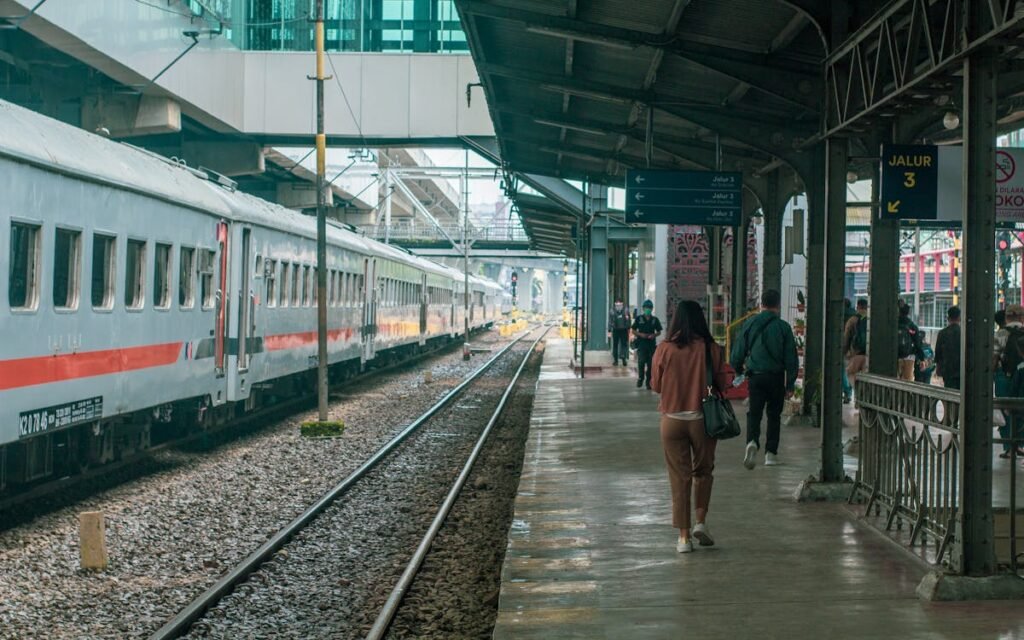
The Impact of Inaccessible Public Transport on People with Disabilities
When public transport is not accessible, it creates major barriers for people with disabilities. It affects not only their ability to travel but also their independence, job opportunities, education, and social inclusion.
While accessibility is often discussed as a legal or policy issue, it is essential to understand its real-life consequences.
Barriers to Employment and Education
Many individuals with disabilities struggle to find jobs, not because they lack skills, but because they cannot reach their workplaces due to inaccessible transport.
If buses and trains are not wheelchair-friendly or lack audio-visual announcements, people with mobility or visual impairments face serious difficulties commuting daily.
This limits their career options, forcing many to rely on family members or work from home, which may not always be feasible.
Education is another area where inaccessibility creates hurdles. Many students with disabilities drop out or miss classes because they cannot safely travel to school or college.
If a student has to depend on unreliable transport every day, their chances of completing education decrease. This directly impacts their ability to gain employment later in life, keeping them in a cycle of dependency.
Social Isolation and Loss of Independence
Public transport is not just about reaching work or school. It is also about freedom, mobility, and participation in daily life.
When transport is inaccessible, people with disabilities are forced to stay at home, isolated from social interactions, cultural events, and recreational activities. This can have a significant impact on their mental health and overall well-being.
Many individuals with disabilities prefer to be independent, but when they cannot use public transport without assistance, they lose the ability to make spontaneous decisions. Simple activities like visiting a friend, going shopping, or attending an event become difficult or impossible.
Safety Concerns and Risk of Accidents
Inaccessible public transport does not just create inconvenience; it can also be dangerous. For wheelchair users, boarding a bus without a ramp or designated space is unsafe.
For individuals with visual impairments, train platforms without tactile paving or audio announcements increase the risk of accidents.
There have been instances where people with disabilities have fallen while trying to board buses or trains, and in some cases, these accidents have led to severe injuries or even fatalities.
Without proper accessibility features, public transport can become a hazard rather than a service.
The Financial Burden of Inaccessible Transport
Many individuals with disabilities end up spending more money because public transport does not accommodate their needs. If a city bus is not wheelchair accessible, a person with a disability may have to rely on a private cab, which is much more expensive.
If railway stations do not have working elevators, passengers may have to pay extra for assistance just to reach their platform.
This financial burden adds up over time, making it even harder for people with disabilities to achieve economic independence. Accessible transport is not just about convenience—it is about equal access to affordable mobility options.
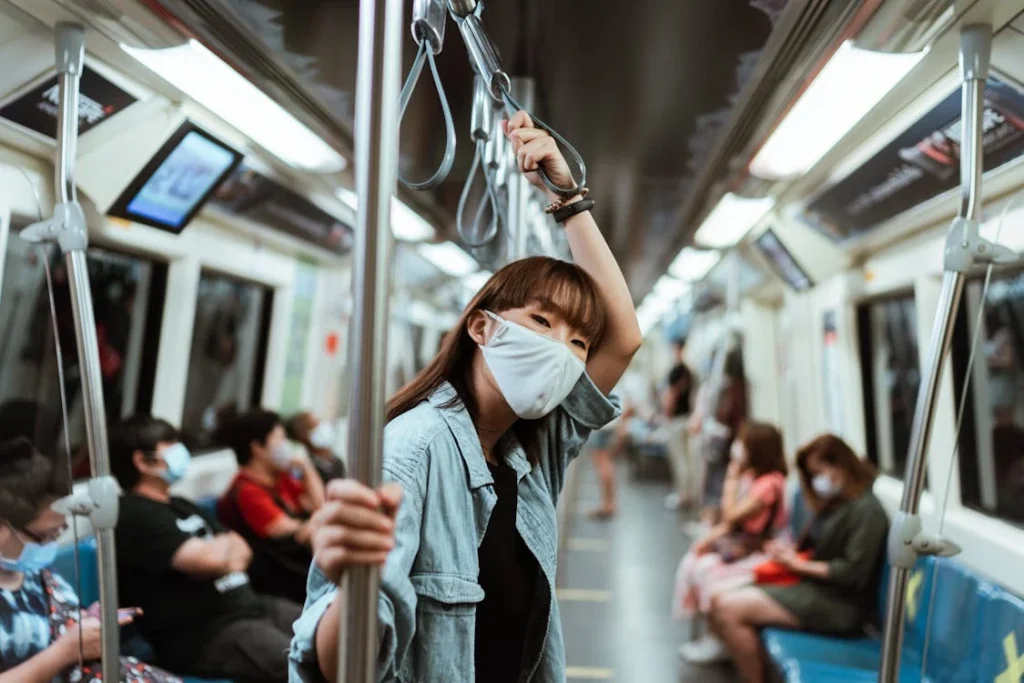
Steps Toward Making Public Transport More Accessible
Improving accessibility in public transport requires coordinated efforts from the government, transport authorities, businesses, and society. While legal mandates exist, they need to be enforced more effectively.
Additionally, investment in infrastructure, better awareness among transport operators, and technological advancements can help create a more inclusive system.
Strengthening Policy Implementation
India has strong laws in place, but without proper execution, they remain ineffective. Government agencies must conduct regular audits of public transport systems to ensure they meet accessibility standards.
Railway stations, bus terminals, and metro networks should be evaluated on their compliance with the Rights of Persons with Disabilities (RPwD) Act, 2016. Transport departments should face consequences if they fail to provide accessible infrastructure.
Public-private partnerships can play a major role in speeding up accessibility improvements. Private companies that operate transport services must be held accountable and required to follow accessibility regulations.
Incentives should be provided to transport providers that implement inclusive policies, such as offering tax benefits to companies that ensure their buses, taxis, or trains are accessible to people with disabilities.
Infrastructure Upgrades in Existing Transport Systems
One of the biggest challenges is making older public transport infrastructure accessible. Many railway stations, bus stops, and metro systems were built decades ago without considering the needs of people with disabilities.
Retrofitting these spaces requires significant investment, but it is necessary for long-term inclusion.
Indian Railways, for example, must prioritize installing ramps, elevators, tactile paths, and accessible washrooms across all stations. Platforms need to be redesigned to reduce the gap between the train and the platform, making it easier for wheelchair users to board safely.
Metro systems, while better in terms of accessibility, still need improvements in last-mile connectivity, ensuring that passengers with disabilities can travel to and from stations without difficulty.
Bus transport presents one of the biggest challenges. While a few metropolitan cities have introduced low-floor buses with ramps, many smaller cities and towns still operate outdated buses that are difficult to access.
A structured plan is required to phase out inaccessible buses and replace them with modern, disability-friendly vehicles. Additionally, bus stops must be designed to accommodate people with disabilities, featuring clear signage, seating areas, and barrier-free pathways.
Training and Awareness Among Transport Operators
An accessible transport system is not just about infrastructure; it also depends on how transport staff interact with passengers with disabilities. Many bus drivers, conductors, railway employees, and metro staff lack the necessary training to assist individuals with disabilities.
In some cases, passengers are denied entry simply because transport operators are unaware of how to accommodate them.
Regular training programs should be conducted to educate transport workers about disability etiquette, the importance of accessibility, and how to assist passengers with special needs. Sensitization programs should be part of the standard training for bus and train operators.
Conductors should be trained to stop buses at designated areas for wheelchair users, while metro staff should know how to guide visually impaired passengers safely.
Beyond direct transport employees, awareness campaigns should target policymakers, urban planners, and the general public. Many people do not understand the struggles faced by individuals with disabilities when using public transport.
By increasing awareness, society as a whole can become more supportive of accessibility initiatives.
Leveraging Technology for Inclusive Transport
Technological advancements offer promising solutions for improving accessibility. Many cities worldwide are implementing digital tools that make public transport more inclusive, and India has the opportunity to adopt these innovations.
Mobile applications can be developed to provide real-time accessibility information about buses, trains, and metro stations.
These apps can help people with disabilities plan their routes based on which stations have working elevators, accessible washrooms, or designated wheelchair spaces. GPS tracking can also allow passengers to request assistance upon arrival at a station or bus stop.
Smart ticketing systems should be designed with accessibility in mind, ensuring that online and offline ticket booking options are user-friendly for individuals with visual, hearing, or mobility impairments.
Contactless payment systems, voice-guided ticket vending machines, and braille-enabled kiosks can improve the overall travel experience.
Public transport announcements must also be inclusive. Audio and visual notifications about stops, delays, and route changes should be implemented across all metro, bus, and railway networks.
Ensuring that information is available in multiple formats benefits not just people with disabilities but also elderly passengers, non-native language speakers, and those unfamiliar with a city’s transport system.
Creating a More Inclusive Urban Environment
Accessible transport does not exist in isolation; it must be integrated into a larger urban planning framework. Many people with disabilities struggle not just with transport but also with reaching bus stops, railway stations, or metro entrances.
Sidewalks are often uneven, blocked by obstacles, or lack proper crossings, making it difficult for wheelchair users or visually impaired individuals to navigate their surroundings safely.
City planners must design streets, public spaces, and transport hubs with accessibility in mind. Footpaths should be wide and free of obstructions, pedestrian crossings should have audio signals, and ramps should be present at all major intersections.
Ensuring that public spaces are inclusive will complement accessible transport systems, creating a seamless travel experience for people with disabilities.
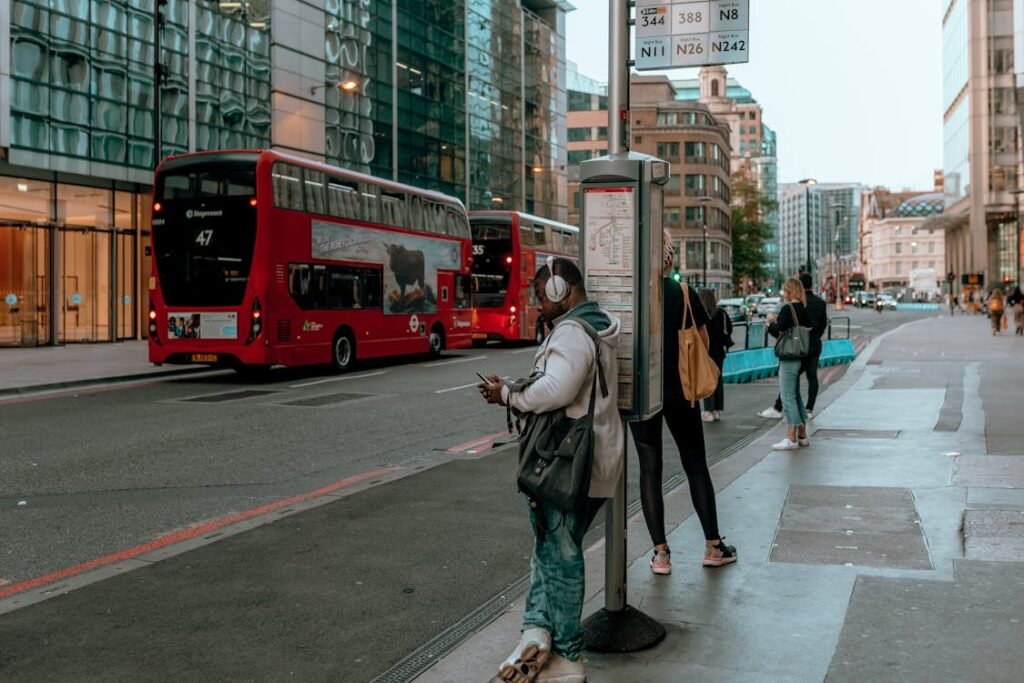
The Role of Society in Promoting Accessible Public Transport
While laws, infrastructure upgrades, and technology play a vital role in making public transport accessible, societal attitudes and collective action are just as important.
Accessibility is not just the responsibility of governments and transport providers; it is something that everyone must advocate for. A society that values inclusivity will naturally push for better policies, stronger enforcement, and improved services.
Changing Public Perception About Disability
One of the biggest barriers to accessibility is the way disability is perceived in India. Many people still view disability as a limitation rather than a part of human diversity.
This mindset leads to indifference and inaction when it comes to public transport accessibility. If the general public does not see inaccessibility as a problem, transport authorities and policymakers will not feel pressure to make improvements.
To create change, disability awareness must start from an early age. Schools should teach children about inclusivity and accessibility so that future generations grow up understanding the importance of equal access.
Media and entertainment industries also play a crucial role in shaping perceptions. If films, television shows, and advertisements portray people with disabilities as independent individuals rather than objects of pity, societal attitudes will begin to shift.
Public discussions on disability should not be limited to awareness days or special events. Mainstream conversations around public infrastructure, transport planning, and urban development should include accessibility as a fundamental topic.
If the issue remains in the background, it will never receive the attention it deserves.
Holding Authorities Accountable
Government agencies and transport providers must be held accountable for failing to comply with accessibility laws. Citizens can play an active role by reporting inaccessible buses, railway stations, and metro facilities.
Many government departments have grievance redressal portals where passengers can file complaints regarding public transport accessibility.
Legal action is another powerful tool for advocacy. Public interest litigations (PILs) have been successfully used in the past to push for policy changes.
Disability rights organizations, activists, and affected individuals can file legal cases demanding better enforcement of accessibility laws. When legal pressure is applied, authorities are more likely to act.
Social media can also be used as an advocacy tool. Many transport providers and government officials monitor platforms like Twitter and Facebook for public feedback. If enough people raise their voices online, demanding improvements in accessibility, authorities will be forced to respond.
Campaigns highlighting the struggles faced by people with disabilities can help bring visibility to the issue and create momentum for change.
Supporting Disability-Led Initiatives
Many individuals with disabilities and advocacy groups are working hard to improve accessibility in public transport. Supporting these initiatives through donations, volunteering, or amplifying their efforts can make a significant difference.
Organizations that provide accessibility audits, conduct disability awareness training, or assist people with disabilities in navigating public transport need public support to continue their work.
Businesses also have a role to play. Private companies that operate transport services, such as app-based cab aggregators, should be encouraged to introduce wheelchair-accessible vehicles and disability-friendly booking features.
When companies see that there is a demand for accessible services, they will be more likely to invest in inclusive solutions.
Creating a Culture of Assistance and Empathy
An accessible public transport system is not just about infrastructure and policies—it is also about how society treats individuals with disabilities in public spaces.
Many people with disabilities hesitate to travel because they worry about how they will be treated by fellow passengers, transport staff, or the general public.
A culture of assistance and empathy can make public transport a much more welcoming space. If a visually impaired person is struggling to find their way at a railway station, someone offering to guide them can make a big difference.
If a bus driver ensures that a wheelchair user has enough time to board safely, it creates a more inclusive experience. These small acts of kindness, when practiced collectively, help remove the social barriers that often make public transport inaccessible.
Promoting accessibility is not just about helping people with disabilities—it is about creating a more inclusive, efficient, and dignified transport system for everyone. The sooner society recognizes this, the closer India will be to achieving truly inclusive public transport.
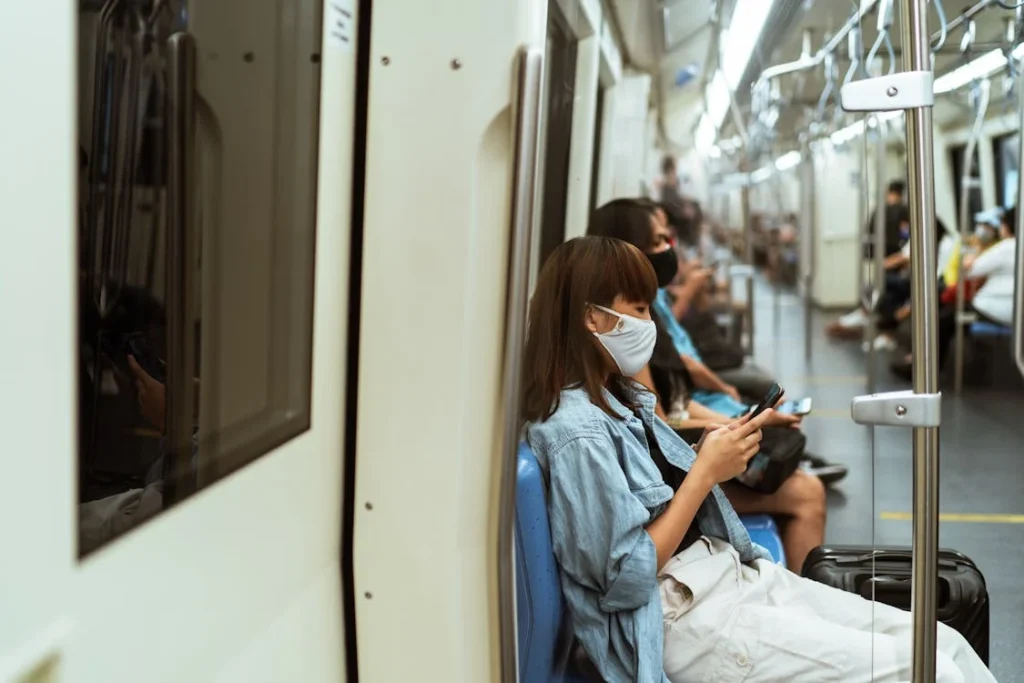
The Future of Accessible Public Transport in India
India has made progress in recognizing the need for accessible public transport, but the journey is far from over. The future of transport accessibility will depend on how effectively the government, transport authorities, businesses, and society work together to remove barriers and create inclusive systems.
Advancements in technology, stronger policies, and increased public awareness will shape the next phase of accessibility in Indian transport.
Strengthening Accessibility Laws and Their Enforcement
While the Rights of Persons with Disabilities (RPwD) Act, 2016 sets clear guidelines for transport accessibility, enforcement remains weak.
Future policies must go beyond general commitments and include strict timelines, penalties for non-compliance, and incentives for compliance. Transport operators and urban planners must be held accountable for meeting accessibility standards.
Stronger implementation mechanisms, such as regular accessibility audits and independent oversight bodies, can ensure that policies do not remain just on paper.
These audits should assess how well buses, trains, metro systems, and related infrastructure comply with accessibility guidelines. Transparency is key, and the results of these audits should be made public so that authorities are pressured to act.
The Role of Smart Cities in Inclusive Transport
As India moves toward developing smart cities, accessibility must be a core principle in urban transport planning. Smart city initiatives should integrate universal design into their road networks, metro systems, and public spaces.
New infrastructure projects should not require later modifications for accessibility—they should be built to be inclusive from the start.
Smart cities can also use digital innovation to improve accessibility. Features such as real-time transport tracking, AI-powered navigation assistance, and automated wheelchair ramps in buses and metros can make commuting easier for individuals with disabilities.
Emerging technologies like the Internet of Things (IoT) and artificial intelligence (AI) can further enhance the transport experience by providing personalized assistance for passengers with disabilities.
Expanding Accessible Private Transport Options
While public transport plays a crucial role in mobility, private transport options must also become more inclusive. R
ide-hailing services like Ola and Uber should introduce a larger fleet of wheelchair-accessible vehicles, with trained drivers who understand how to assist passengers with disabilities.
Accessible taxis and auto-rickshaws should become a standard part of urban transport, not just a limited service in select cities.
The government should offer incentives to taxi operators who invest in accessible vehicles, making it easier for people with disabilities to find reliable and affordable transport options.
The Role of Public-Private Partnerships in Accessibility
Public-private partnerships can drive accessibility improvements faster than relying on government action alone.
Private companies specializing in assistive technology, mobility solutions, and inclusive transport infrastructure should collaborate with city administrations to develop long-term accessibility plans.
Corporate social responsibility (CSR) programs can also contribute to accessibility improvements. Companies that operate in the transport sector should allocate a portion of their CSR funds to building accessible bus shelters, funding disability awareness campaigns, or developing assistive transport technologies.
A Cultural Shift Toward Inclusion
Beyond laws, policies, and technology, India needs a cultural shift toward viewing accessibility as a fundamental right rather than an additional benefit.
This shift must come from all levels of society—from policymakers and transport authorities to everyday commuters who use public transport.
When accessibility is seen as an essential part of transport planning rather than a secondary concern, the pace of change will accelerate.
People with disabilities should not have to constantly fight for their rights—they should be able to travel with the same ease and dignity as everyone else.
The future of accessible public transport in India is not just about meeting legal requirements. It is about creating a society where mobility is a right for all, not a privilege for a few.
With collective effort, strong advocacy, and the right investments, India can move toward a transport system that serves everyone equally, regardless of ability.
Conclusion
Public transport in India is legally required to be accessible, but laws alone are not enough. While the Rights of Persons with Disabilities (RPwD) Act, 2016 and the Accessible India Campaign set clear guidelines for inclusive transport, enforcement remains weak, and progress has been slow. Millions of people with disabilities still struggle to use buses, trains, and metro systems due to poor infrastructure, lack of awareness, and outdated transport policies.
To create a truly inclusive transport system, stronger enforcement, better urban planning, and the use of technology-driven solutions are essential. The government must take accountability, ensuring that accessibility is not just a legal obligation but a practical reality in every city and town. Transport operators must be trained, and infrastructure must be upgraded to accommodate all passengers.
However, the responsibility does not lie with policymakers alone. Businesses, civil society, and individuals must advocate for change. Every effort—whether it is filing complaints about inaccessible transport, supporting disability-led initiatives, or simply raising awareness—contributes to making India’s public transport system truly inclusive.
The right to mobility is a fundamental right. It is time for India to ensure that every person, regardless of ability, can travel with dignity, independence, and safety. Change is possible, but only if we act now.



